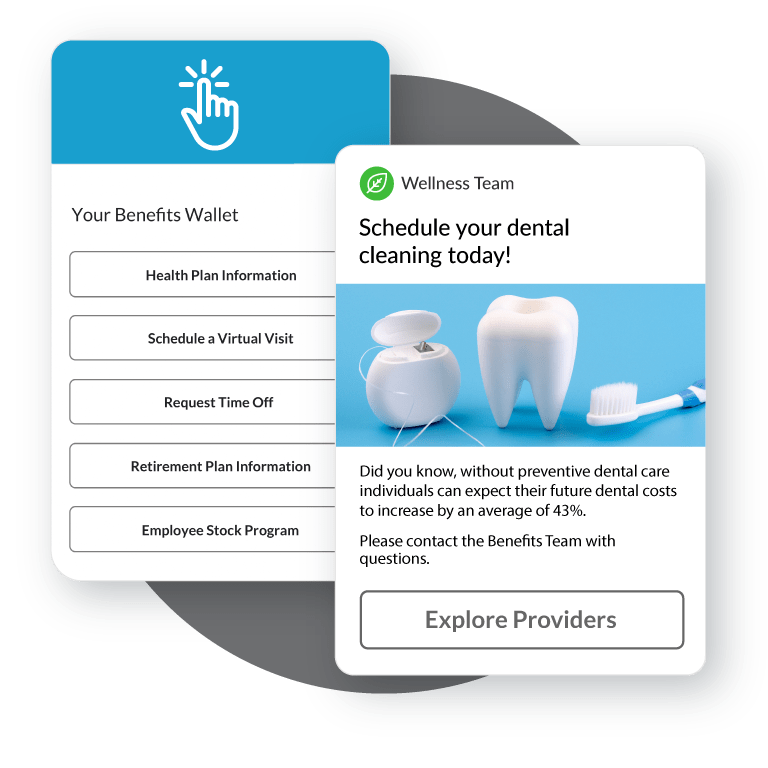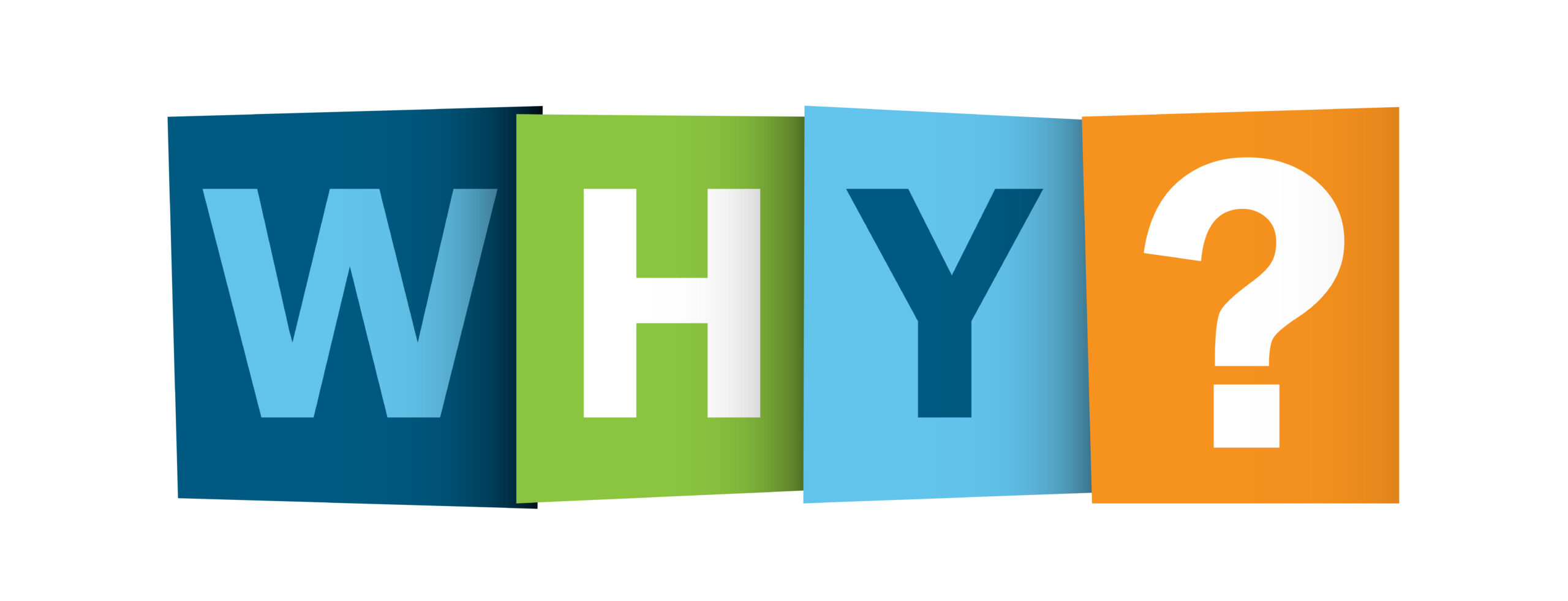How Technology Is Shaping the Future of the English Language
Introduction
Technological innovation is transforming how we communicate, learn, and express ourselves, with profound effects on the English language. From the invention of the printing press to the rise of digital platforms and artificial intelligence, each era of technology has left its mark. This article explores how technology is changing English, offering guidance on leveraging its benefits and navigating its challenges.

Source: tffn.net
Evolution of English Through Technology
The influence of technology on English is longstanding. Early writing tools, such as chisels and brushes, shaped the form and style of written language. The printing press standardized spelling, punctuation, and grammar conventions, making written English more consistent and accessible to the masses. Later innovations like the telegraph, telephone, and radio introduced new words and conventions, affecting both spoken and written forms [1] .
Today, digital platforms, text messaging, and AI-driven tools are accelerating the pace of linguistic change. The internet, in particular, has democratized communication, allowing people from diverse backgrounds to share ideas and develop new forms of English expression [2] .
Vocabulary Expansion and Internet Slang
One of the most visible impacts of technology is the rapid expansion of English vocabulary. The internet and digital communication have given rise to thousands of new words, acronyms, and slang terms, many of which are now used in everyday speech. Examples include “emoji,” “selfie,” “hashtag,” and common abbreviations like “LOL” (laughing out loud) and “DM” (direct message). These words often originate from online communities and quickly spread into mainstream conversation [3] .
To stay informed about emerging language trends, consider following reputable dictionaries such as the Oxford English Dictionary, which routinely adds new words and offers historical context for linguistic evolution. You may also subscribe to academic language journals or join online forums dedicated to language change.
Changing Communication Styles
Technology encourages brevity and informality in communication. Platforms like Twitter, with character limits, have popularized concise writing, while messaging apps and social media foster informal grammar and relaxed punctuation. This “Text-Speak” dialect-marked by abbreviations, emoticons, and simplified grammar-has become commonplace among digital natives [4] .
For educators and professionals, it is essential to recognize the distinction between formal and informal English. While “Text-Speak” may be appropriate for personal communication, official documents and academic work should adhere to established standards. If you are unsure about the right register for your context, consult style guides such as the Chicago Manual of Style or resources from professional organizations like the Modern Language Association.
Literacy and Accessibility
Contrary to fears that technology would erode literacy, global literacy rates have continued to rise. The internet empowers more people to write, publish, and share their thoughts, fostering greater linguistic diversity and inclusion. Users from various backgrounds can express themselves, sometimes in non-standard English, but this diversity also enriches the language [2] .
If you wish to improve your literacy skills, many organizations offer free online courses and writing workshops. Libraries and educational institutions often provide digital resources and community programs for learners at all levels. To access these, search for “free online English literacy courses” or contact your local library for available programs.
Artificial Intelligence and English 2.0
Artificial intelligence (AI) is driving the next wave of language transformation. AI-powered translation tools are breaking down language barriers, allowing users to communicate globally. Advanced natural language processing systems can generate text, summarize documents, and engage in nuanced conversation-tools that are reshaping both written and spoken English [5] .
To harness AI for language learning or professional communication, explore products from established companies like Google Translate or Grammarly. These platforms offer verified services to help users write more effectively, understand complex texts, and translate across languages. If you require specialized AI tools, visit official company websites for product information and support.
Challenges and Criticisms
While technology offers many benefits, there are concerns about its impact on language quality. Educators worry that “Text-Speak” is infiltrating academic writing, blurring the line between formal and informal English. Miscommunication can arise from ambiguous abbreviations or lack of context in digital exchanges [4] .
To mitigate these risks, writers and communicators should adapt their style to the medium and audience. When engaging in professional or academic writing, use standard grammar and avoid informal abbreviations. If you need help, consult online grammar checkers or seek feedback from experienced editors. For parents and educators, guide students on the appropriate use of digital language and support their development of formal writing skills.
Practical Steps for Navigating Language Change
Adapting to technological change in language requires flexibility and awareness. Here are actionable steps you can take:
- Stay informed: Follow reputable dictionaries, academic journals, and language blogs for updates on new words and trends.
- Practice code-switching: Learn to adjust your language style based on context, distinguishing between formal and informal registers.
- Leverage technology: Use verified AI tools and writing apps to enhance your communication, but double-check outputs for accuracy.
- Participate in language communities: Join forums, online courses, or local workshops to explore language change and improve your skills.
- Advocate for clarity: Wherever possible, clarify abbreviations, use complete sentences, and avoid over-reliance on jargon.
Alternative Approaches and Solutions
If you want to access the benefits of technological change in English language learning and communication, several pathways exist:

Source: tffn.net
- Search for “AI writing assistants” and review products from companies with established reputations (e.g., Grammarly, Google).
- Contact local educational institutions for digital literacy programs and workshops.
- Consult official resources from language organizations such as the British Council or the Modern Language Association for guidance on best practices.
- For translation and cross-cultural communication, use verified platforms like Google Translate or seek professional translation services through accredited agencies.
Key Takeaways
Technology is both expanding and reshaping the English language, creating new opportunities for expression and learning. By staying informed, practicing context-sensitive communication, and leveraging verified digital tools, individuals and organizations can benefit from this ongoing transformation. Remember to seek reputable resources, adapt your language to your audience, and embrace the evolving nature of English in the digital age.
References
- [1] Harvard (2021). The impact of technology on the words we use.
- [2] Oxford Royale Academy (2024). 4 Ways the Internet Has Changed the English Language.
- [3] RyteUp (2024). The Impact of Technology on Language Evolution.
- [4] International Journal of English Learning and Teaching Skills (2022). How technology has influenced English Language.
- [5] EDUCAUSE Review (2024). English 2.0: AI-Driven Language Transformation.



